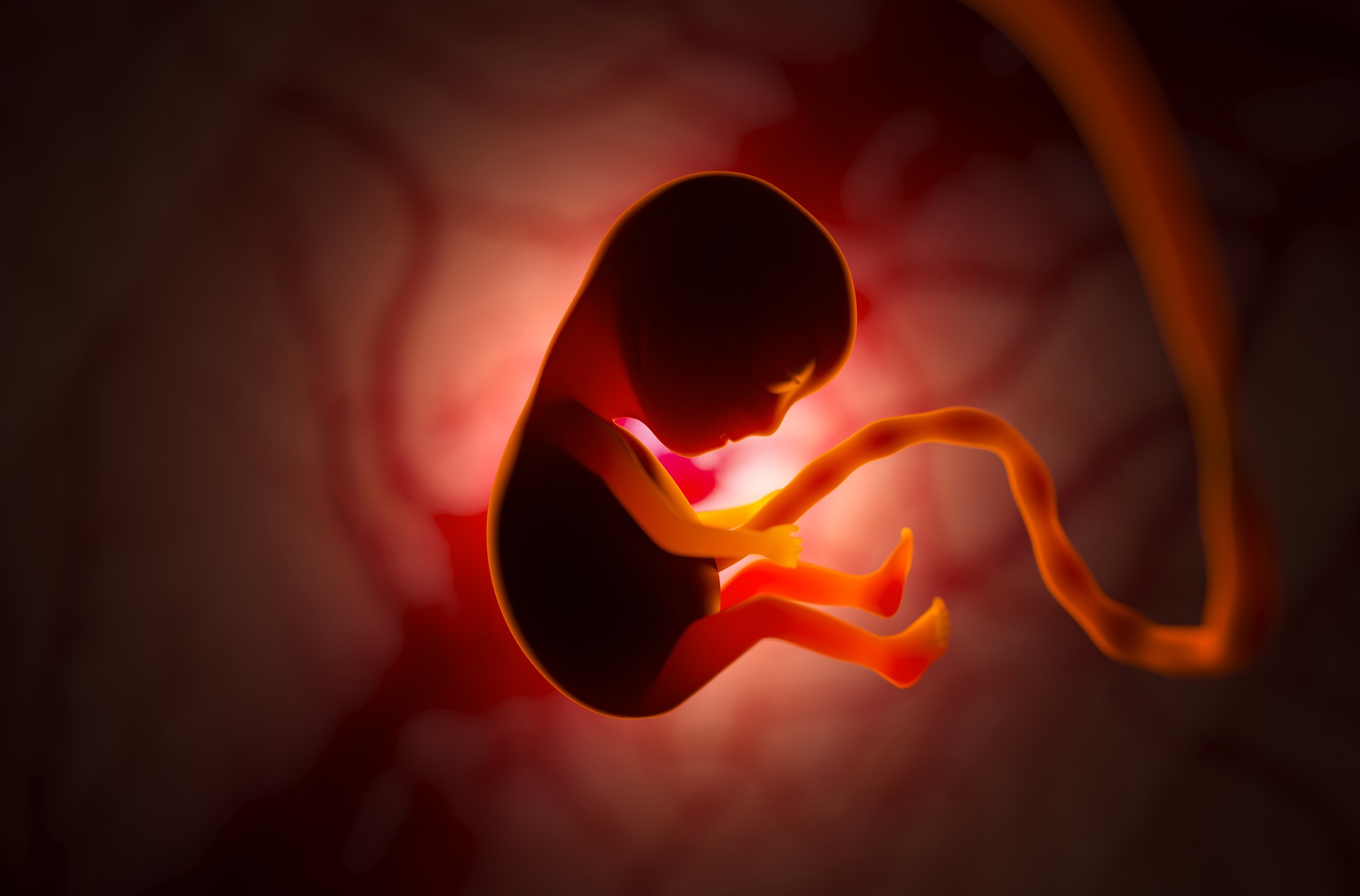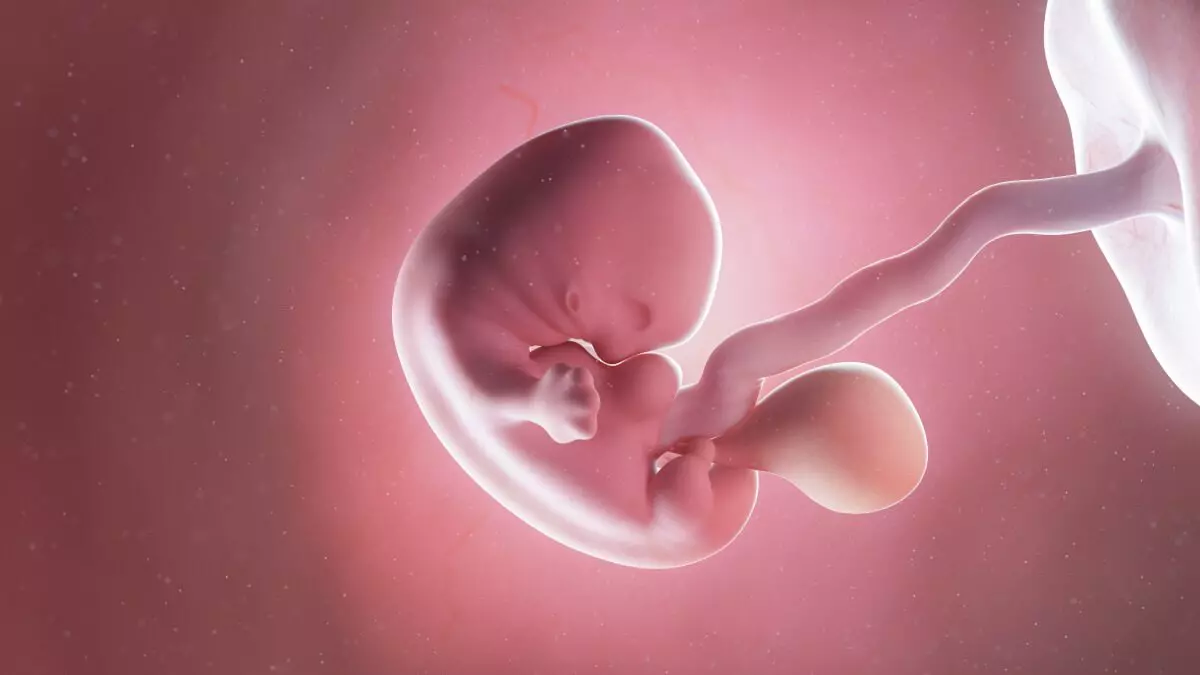
Abortion is a medical procedure that terminates a pregnancy. Depending on various factors such as gestational age, health conditions, and personal circumstances, different abortion types are available. Understanding abortion types is crucial for individuals seeking information on their options. This article will explore the different abortion types, how they work, and considerations for those making this decision.
Medical Abortion
Medical abortion is a non-surgical option that involves taking medication to terminate a pregnancy. It is generally recommended for pregnancies up to 10 weeks.
How Medical Abortion Works
Medical abortion involves taking two medications: mifepristone and misoprostol. Mifepristone blocks the hormone progesterone, which is necessary for pregnancy to continue. Misoprostol, taken a day or two later, causes the uterus to contract and expel the pregnancy.
Side Effects and Risks
- Cramping and bleeding (similar to a heavy period)
- Nausea and vomiting
- Fever and chills
- Incomplete abortion (may require a surgical procedure)
Medical abortion is considered safe, but it should always be performed under medical supervision.
Surgical Abortion
Surgical abortion is a procedure performed by healthcare professionals to remove pregnancy tissue from the uterus. There are different surgical abortion types based on gestational age.
Manual Vacuum Aspiration (MVA)
This method is typically used up to 12 weeks of pregnancy. It involves using a suction device to remove the pregnancy tissue from the uterus. MVA is usually performed in a clinic and takes only a few minutes.
Dilation and Curettage (D&C)
D&C is performed in the first or second trimester, usually between 6 to 14 weeks of pregnancy. It involves dilating the cervix and using a surgical instrument to remove the pregnancy tissue.
Dilation and Evacuation (D&E)
D&E is performed after 14 weeks of pregnancy. It involves dilating the cervix and using forceps or suction to remove the pregnancy tissue. This method is generally recommended for later-stage abortions.
Side Effects and Risks
- Cramping and bleeding
- Infection (rare but possible)
- Injury to the uterus or cervix (extremely rare)
- Emotional and psychological impact
Induction Abortion
Induction abortion is a less common method used for second and third-trimester pregnancies. It involves using medications to induce labor and deliver the pregnancy. This method is typically chosen in cases of fetal abnormalities or health risks to the mother.
How Induction Abortion Works
- Medications are administered to soften the cervix and induce contractions.
- The pregnancy is expelled through the birth process.
- Additional procedures, such as a D&E, may be required if the process is incomplete.
Side Effects and Risks
- Intense cramping and bleeding
- Nausea and vomiting
- Potential need for additional procedures
Choosing the Right Abortion Type
When considering abortion types, it is essential to consult a healthcare professional to discuss factors such as:
- Gestational Age: Different abortion types are available at different stages of pregnancy.
- Medical History: Certain health conditions may affect the safety of certain abortion types.
- Personal Circumstances: Emotional, financial, and social considerations may influence the decision.
Legal and Ethical Considerations
The availability of abortion types varies based on local laws and regulations. Some regions have restrictions on certain procedures, while others provide full access to abortion services. Ethical beliefs also play a significant role in decision-making, and individuals should seek counseling if they need guidance.
Emotional and Psychological Impact
Abortion, regardless of the method chosen, can have emotional and psychological effects. Some individuals feel relief, while others may experience feelings of sadness, guilt, or regret. Seeking emotional support from trusted individuals or professional counselors can help navigate these emotions.
Aftercare and Recovery
Regardless of the abortion type, proper aftercare is essential for a safe recovery.
- Monitor symptoms: Heavy bleeding, severe pain, or fever should be reported to a doctor immediately.
- Follow-up appointments: Ensuring the procedure was complete and checking overall health is important.
- Emotional support: Counseling or talking to support groups can aid in emotional healing.
Conclusion
Understanding abortion types is crucial for making an informed decision. Each method has its benefits, risks, and considerations. If you are thinking about abortion and need someone to talk to, The Abortion Truth is here for you. Whether you need support, guidance, or counseling, you can contact us at wecare@theabortiontruth.org. You are not alone, and there are compassionate alternatives available to you.










